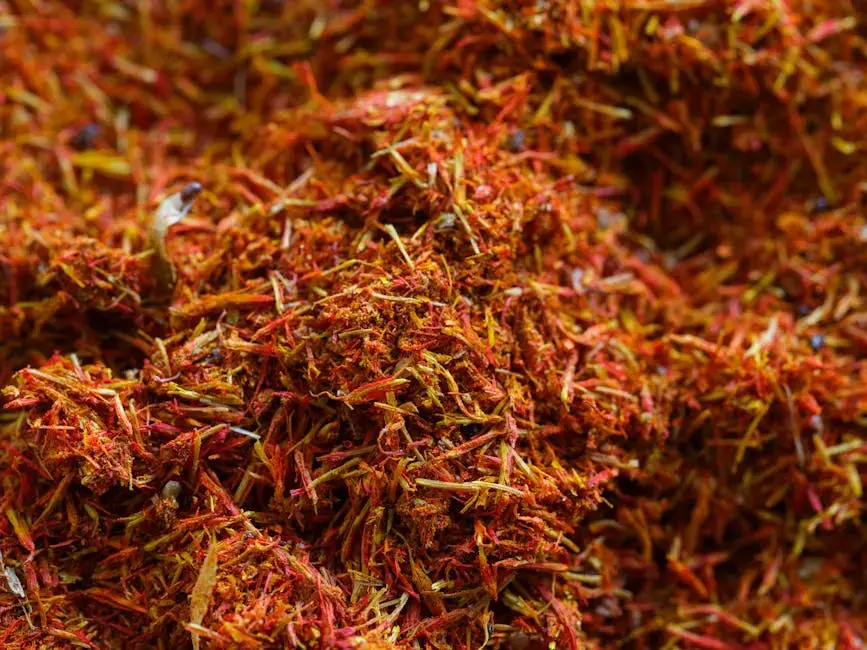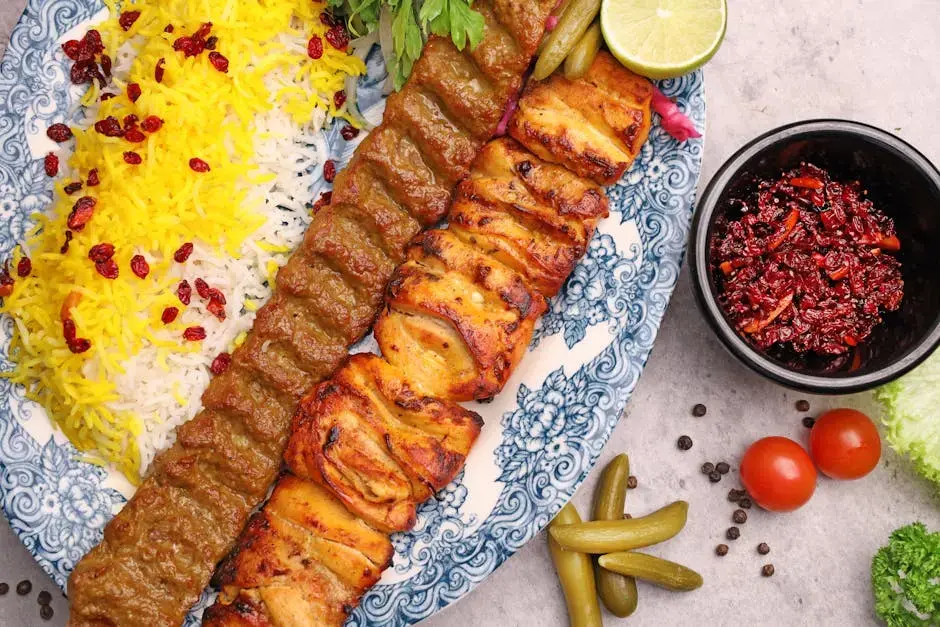Kubideh and Its Rich Cultural Heritage
- Chelo
- Sep 23
- 4 min read
Kubideh, a delicious and fragrant Persian dish, is not only a culinary delight but also a window into the rich cultural heritage of Iran. Often enjoyed during gatherings and celebrations, kubideh tells a story of tradition, family, and handcrafted flavors. Join us as we explore the fascinating history and cultural significance behind this beloved dish.

The Origins of Kubideh
Kubideh's origins can be traced back to ancient Persia, where it was traditionally made using minced lamb or beef mixed with spices and herbs. This dish has evolved over the years, influenced by various cultures along the Silk Road, yet it has maintained its authentic Persian roots. Let's dive into the history of how kubideh became a staple in Iranian cuisine.
As we explore further, it's essential to understand the cultural exchanges that occurred along the Silk Road and how they impacted Persian culinary practices. Kubideh, similar to many Persian dishes, absorbed a range of spices and ingredients from the East and the West. The inclusion of ingredients like turmeric and saffron not only adds a unique flavor but also signifies the trade exchanges and the historical richness symbolized by these spices. These elements narrate a tale of interaction and adaptation, reflecting the Persian openness to diverse influences while preserving the core of its culinary traditions.
The Art of Making Kubideh
Crafting kubideh is an art that requires skill and patience. Traditionally, the meat is minced by hand to achieve the perfect texture before being mixed with onions and spices. The mixture is then shaped onto skewers and grilled over an open flame, allowing the flavors to meld beautifully. This section will guide you through the traditional process of preparing kubideh, highlighting the techniques that ensure its unique taste.
The meticulous process begins with selecting the right cut of meat, which plays a critical role in achieving the desired texture and flavor. Historically, kubideh was made with lamb, favored for its tenderness and rich flavor, allowing it to absorb spices proficiently. Today, beef is also commonly used, especially in Western adaptations, providing a different taste profile while maintaining the dish's spirit. The key to kubideh's signature flavor lies in the delicate balance of spices, principally saffron, which not only enhances the taste but holds cultural prestige due to its historical significance. Once the skewer is ready, slow grilling over charcoal adds a smoky aroma, making it an experience filled with the ambiance of Persian culinary art.
While traditionally cooked over an open flame, modern kitchens offer creative alternatives, such as broiling the skewers in an oven. This adjustment maintains the essence of kubideh’s flavor, extending its reach to homes worldwide. This accessibility encourages individuals to embrace Persian cooking methods, bridging cultural gaps. If you’re eager to try traditional Persian dishes like kubideh at home, you might find our recipe section incredibly helpful for authentic yet adaptable cooking techniques.
Kubideh in Modern Culinary Culture
Today, kubideh continues to be a popular dish, not only in Iran but around the world. While the traditional recipe remains cherished, modern chefs have begun experimenting with new ingredients and presentation styles, bringing kubideh to diverse dining settings. We'll explore how kubideh has adapted to contemporary tastes while still preserving its cultural essence.
In metropolitan areas with rich cultural diversity, kubideh has transcended its traditional boundaries. With the growing interest in global cuisines, Persian restaurants and street food vendors are introducing innovative takes on kubideh. This variation includes pairing it with unconventional sides such as spicy salsas or infused with Eastern Asian flavors like soy and ginger, without overshadowing its authentic roots. This culinary blending permits kubideh to appeal to a broader audience, keeping it relevant in international gastronomy. Such initiatives shed light on how traditional dishes maintain their essence while evolving with everchanging consumer palates.
Additionally, kubideh is becoming an essential part of food festivals worldwide, where attendees can experience the spectrum of Persian flavors in a vibrant environment. Exploring such diverse culinary platforms allows food enthusiasts to respect and celebrate different cultures through taste and experience. These festivals showcase kubideh amidst cooking demonstrations, offering a glance into its preparation and cultural significance. For those interested, attending a cuisine festival can be an enlightening exposure to the far-reaching impact and adaptation of dishes like kubideh in modern society.
The Cultural Significance of Kubideh
In Iranian culture, food plays a central role in social gatherings, and kubideh is no exception. It is often served at family feasts, weddings, and other celebrations, symbolizing hospitality and unity. This section will delve into the cultural importance of kubideh in Iran, exploring how this dish brings people together and serves as a link to cultural traditions.
Kubideh, much like other elements of Persian culture, carries deeper meanings beyond its culinary appeal. It embodies family ties, with recipes passed down through generations, reflecting family histories and regional tastes. Serving kubideh is perceived as a gesture of care and generosity, making it an ideal choice for gatherings focused on sharing and togetherness. During Nowruz, the Persian New Year, kubideh holds a special place among the festive culinary lineup, showcasing the cultural and familial bonds celebrated during this time. Such traditions highlight the centrality of food as a societal and cultural adhesive, emphasizing the invaluable role of dishes like kubideh in maintaining and celebrating cultural identity.
As Iranian communities spread across the globe, kubideh serves as a comfort food that connects the diaspora back to their roots. For many expatriates, preparing or indulging in kubideh brings a sense of belonging and nostalgia. It allows countless Iranians to share their heritage with friends from different backgrounds, fostering cultural exchange and understanding. In this way, kubideh serves as more than just a dish; it becomes a cultural ambassador that tells the story of its origins, significance, and the people who cherish it.
Celebrating Kubideh's Timeless Traditions
Kubideh is more than just a meal; it's a celebration of Iran's cultural heritage that continues to bring people together over shared stories and flavors. As you savor each bite, you're partaking in a tradition that has been cherished for generations. So, next time you enjoy kubideh, remember the rich history and cultural significance it embodies, and celebrate the timeless traditions it represents. To savor this rich cultural dish yourself, visit our homepage to explore more about kubideh and Persian cuisine.




Comments